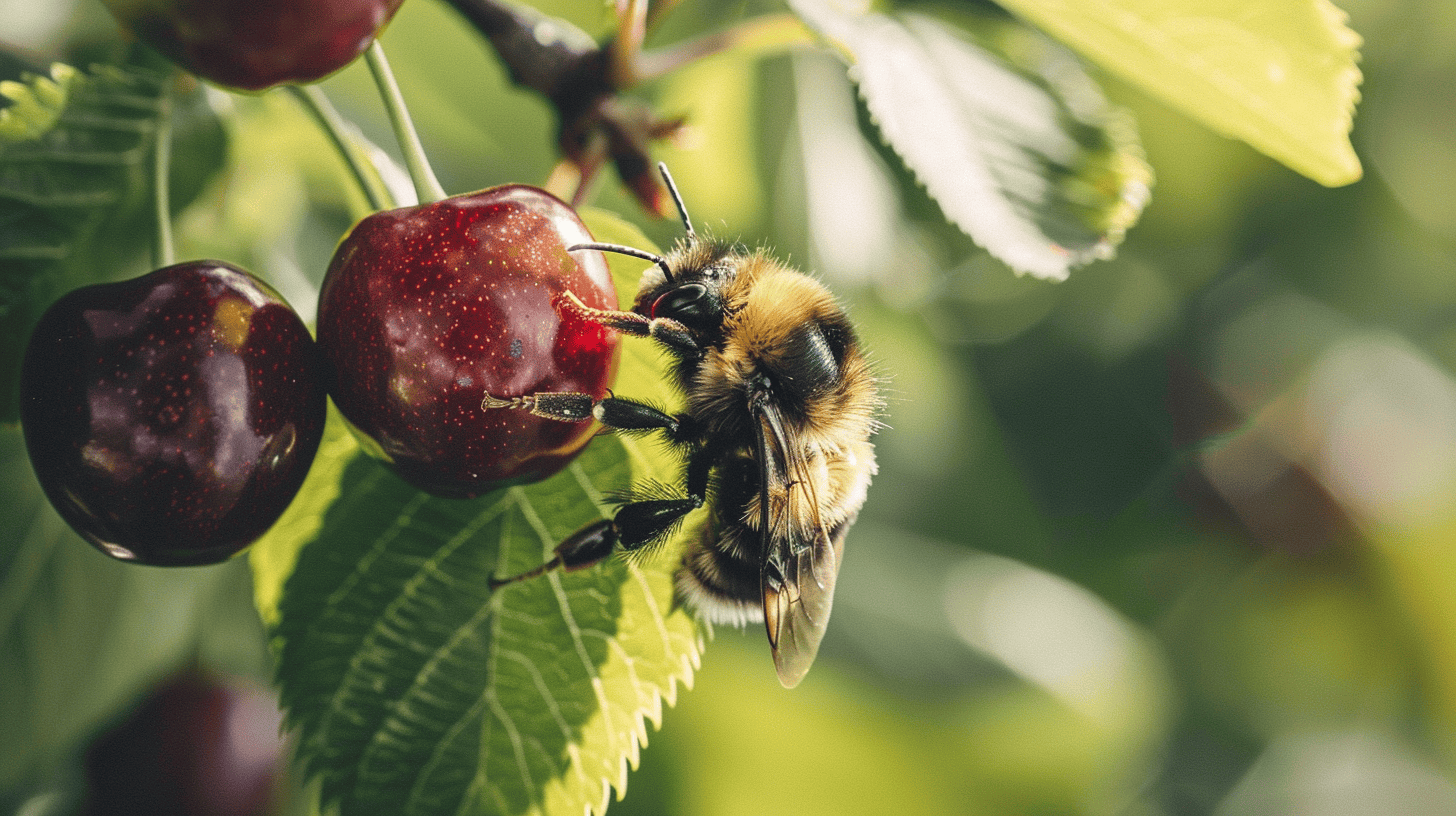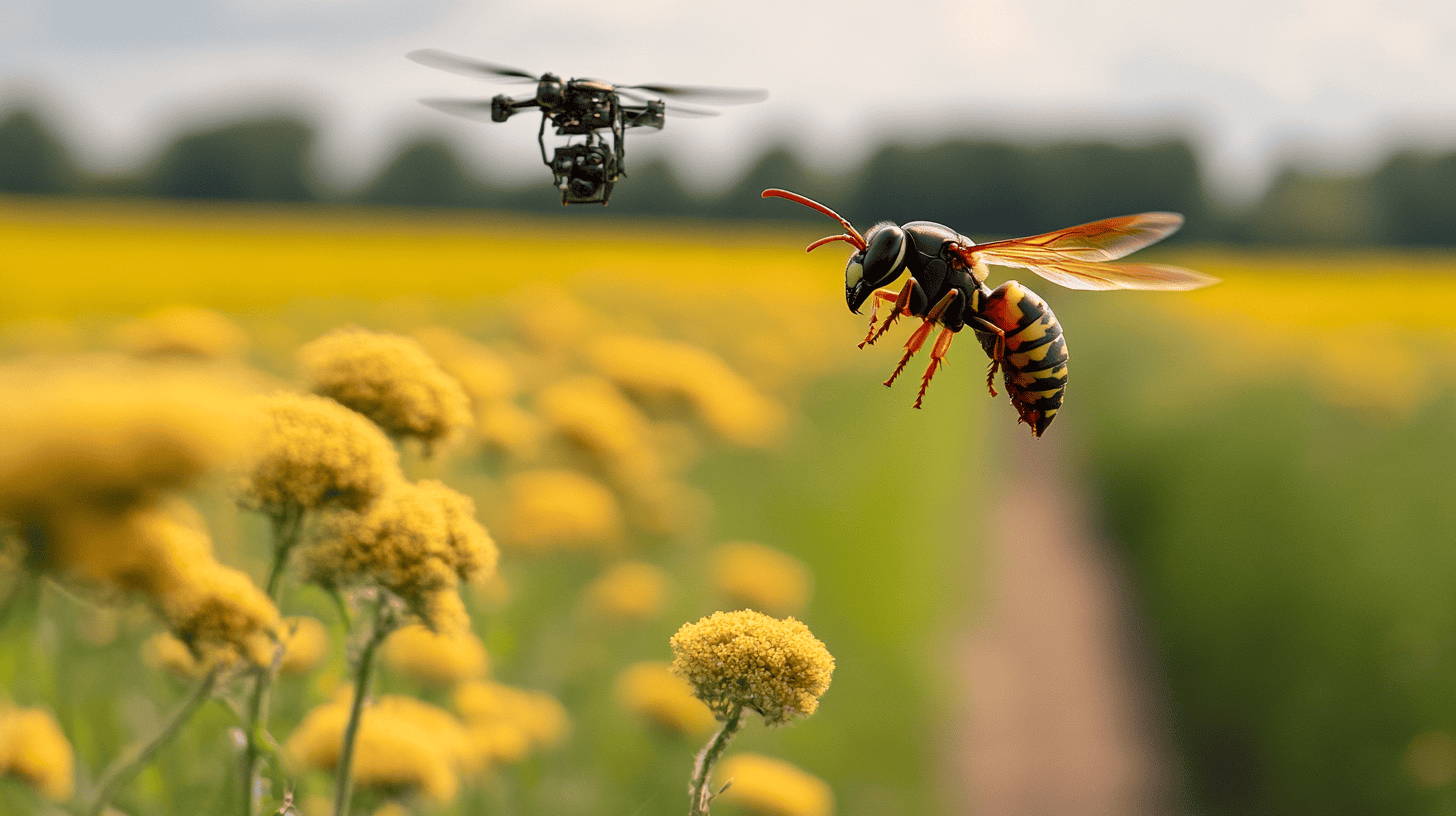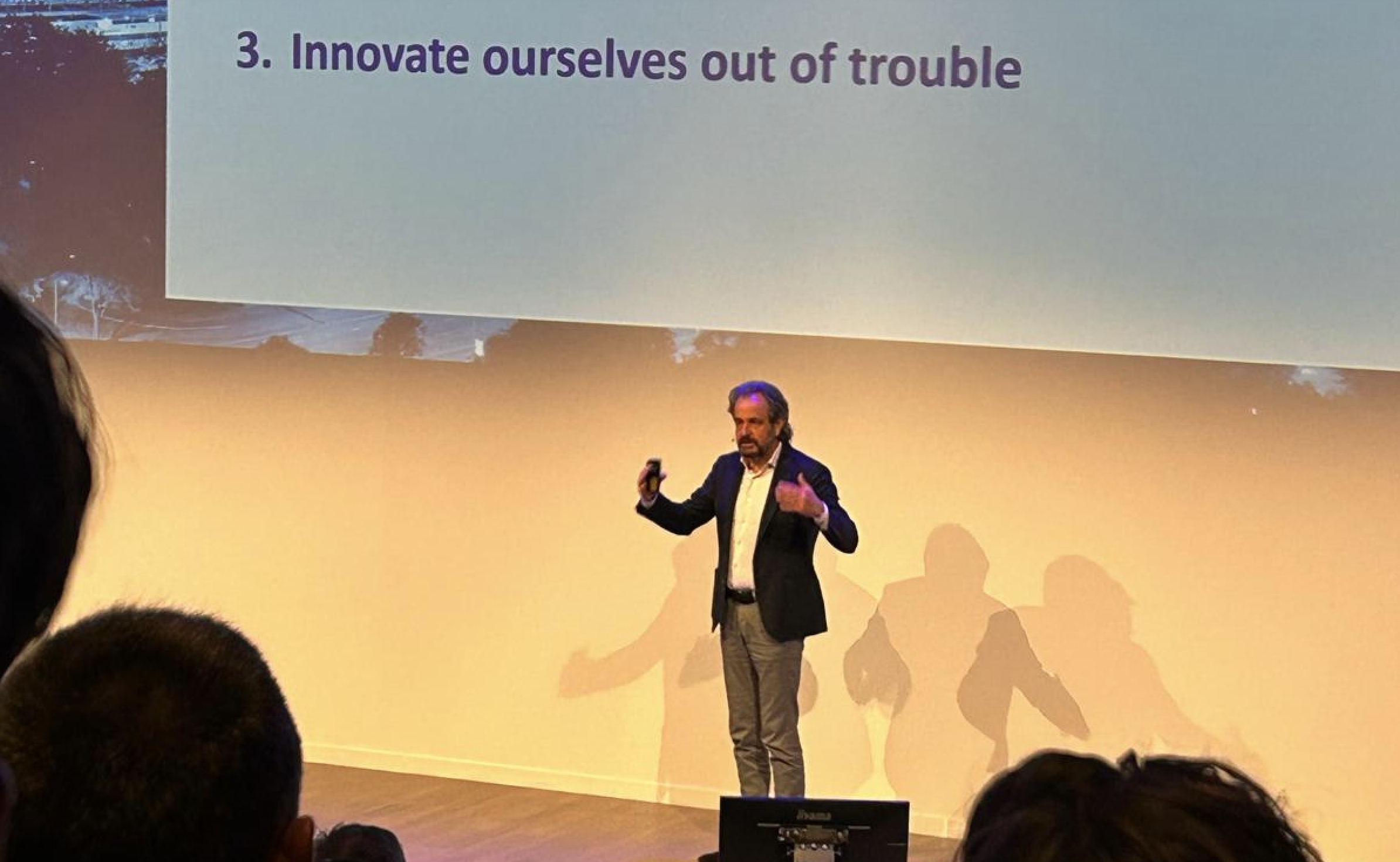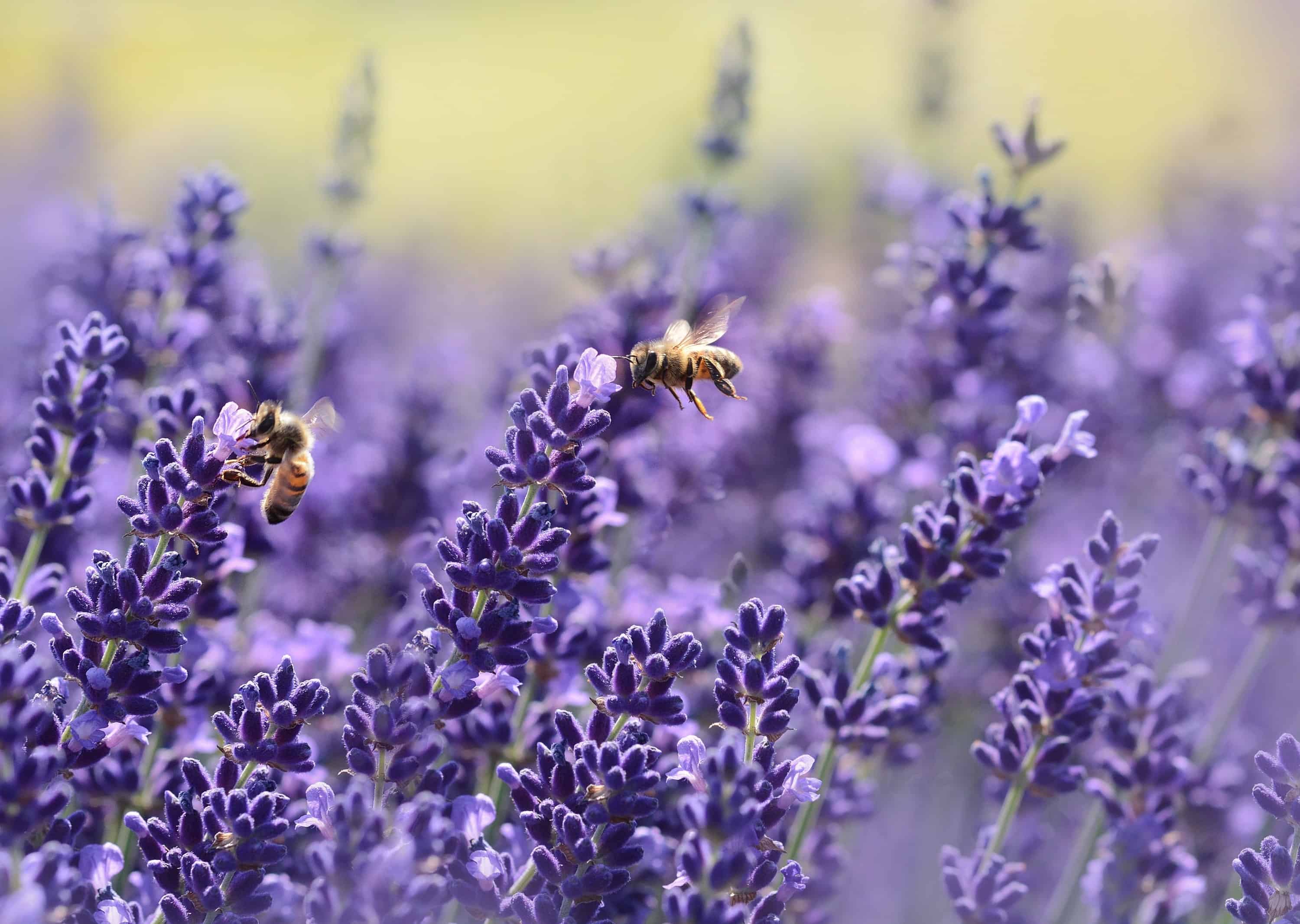
Scientists are leveraging artificial intelligence (AI) to identify threatened bee species, aiming to better conserve them. The unique ‘buzz’ sound that each bee species makes is being recorded and analysed by AI systems, with a focus on ‘foraging buzzes’ produced during flight. The research team, based at the University of Edinburgh, is creating a comprehensive database linking these sounds with detailed environmental and morphological data. This project involves thousands of recordings and extensive data collection, with the ultimate goal of understanding the variables affecting the sounds bees make throughout different seasons. Future plans include having the system automatically analyse recordings from microphones in bee habitats, potentially being deployed as remote acoustic monitoring stations.
- Researchers at the University of Edinburgh are using artificial intelligence to identify threatened bee species by analyzing their unique ‘foraging buzzes’ recorded during flight.
- The AI system is being trained to distinguish between different bee species’ buzzes by linking them with environmental and morphological data, creating a comprehensive database.
- The ultimate goal is to develop a system for remote acoustic monitoring of bees in their natural habitats, supporting conservation efforts for these critical pollinators amid concerns over habitat loss and other challenges.
Decoding the buzz: The role of AI
While the hum of bees is a familiar summer sound to many of us, to researchers Alixandra Prybyla and Eva Nelson from the University of Edinburgh, it is a treasure trove of information about these important pollinators. The researchers have been busily collecting data from the wildflower meadows around the Ring of Brodgar in Orkney, an area home to over 20 species of bumblebees, including the critically endangered great yellow bumblebee. Prybyla talked about this research to the BBC.
Central to this project is a unique application of artificial intelligence. The team is training an AI system to distinguish between the buzzes of different bee species. The researchers liken the body of a bee to a musical instrument, with the vibrations produced during flight generating unique sounds. While some of these sounds can be discerned by the human ear, more intricate distinctions can only be detected using scientific instruments that analyse the emitted frequencies.
For the AI system to learn these subtle differences, thousands of bee sounds are being recorded and analysed. The AI then pairs these sounds with comprehensive environmental data and morphological details, such as bee measurements and pollen content. This data is used to create a database that links the unique buzzes with various factors, helping to unravel the complex variables that influence the sounds bees produce.
Monitoring bees in the wild
The aim of this project is to develop a system capable of automatic recognition and analysis of bee sounds, captured by microphones left in their natural habitats. This could potentially result in remote acoustic monitoring stations, saving time and effort in data collection, and allowing for more effective conservation interventions.
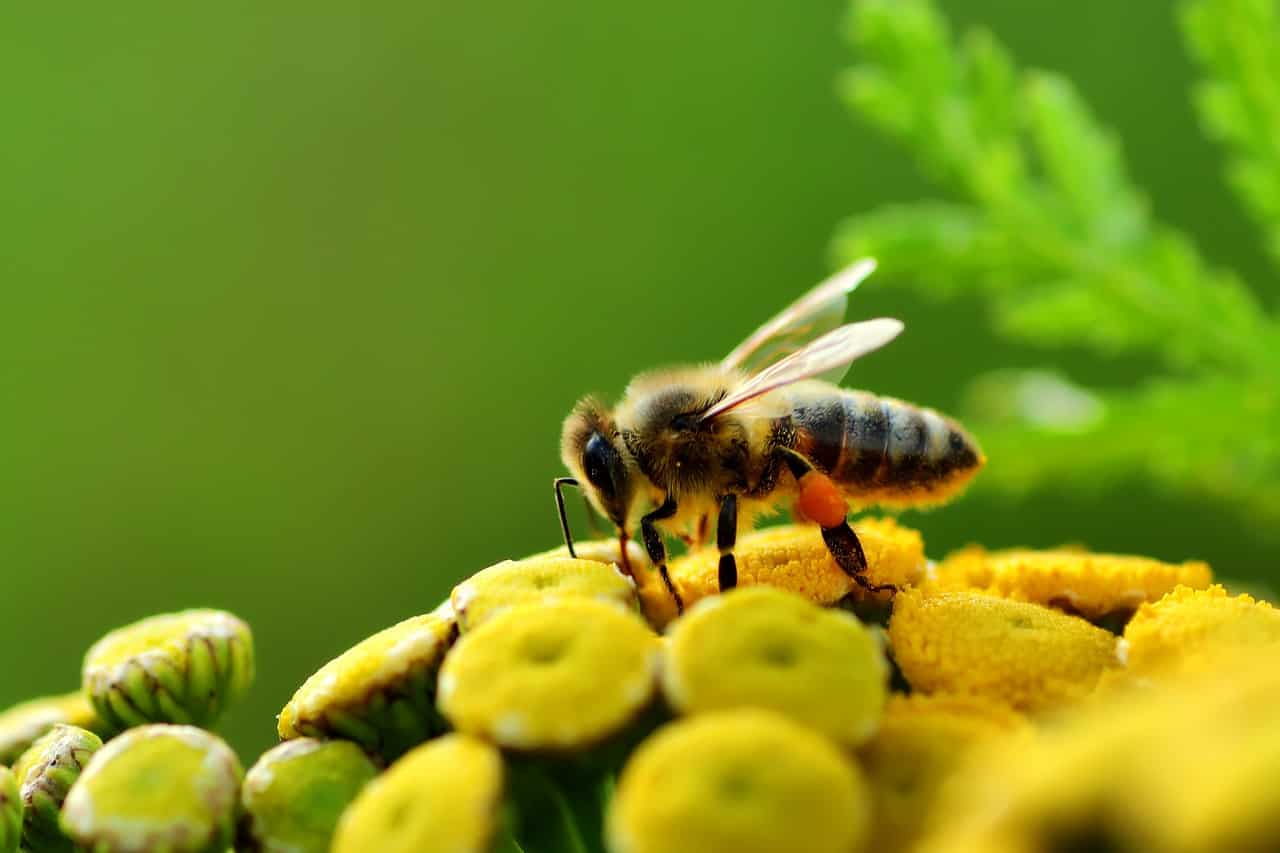
With the decline of pollinators being a growing concern due to factors such as habitat loss, pesticide use, climate change, and pollution, this technology could provide a crucial tool for researchers and conservationists. In Europe, one-third of the food we consume relies on pollination by bees and other insects, highlighting the importance of these efforts to understand and protect our pollinators.
This project is not the only initiative leveraging AI to support bee conservation. Other EU-funded projects are also making significant contributions. For instance, the Beehome platform, developed by Beewise, is an AI-powered beehive designed to automate beekeeping, optimising pollination, and honey production. This innovative system addresses modern challenges such as pests, diseases, and climate change, benefiting not only honeybees but also other bee species facing extinction.
The application of artificial intelligence in bee research holds great potential in the efforts to conserve these critical pollinators, which is vital for our own well-being.



